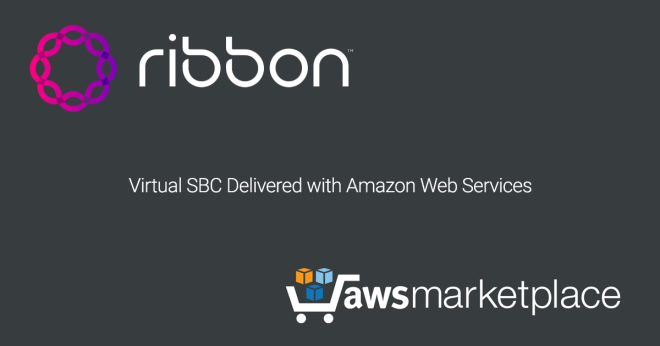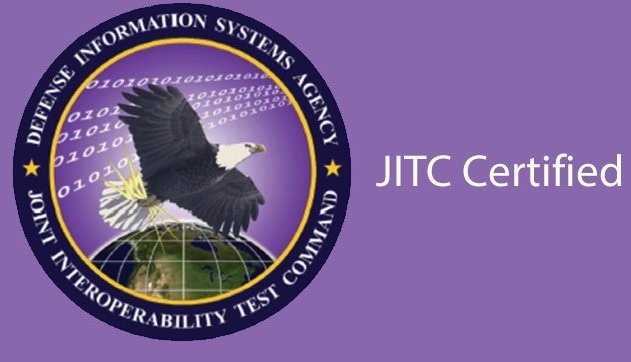Making your Contact Center Better: Three Things to Consider
For many businesses, especially large enterprises, contact centers are a key contributor to revenue and customer satisfaction. While “omni-channel” (voice, chat, email, social) is how many if not most contact centers operate, calls are the still the most critical element of their communications. Research from market research firm Metrigy confirms this, with 64% of consumers indicating that voice/phone is a vital customer interaction channel, particularly as it relates to customer service inquiries.[i]



